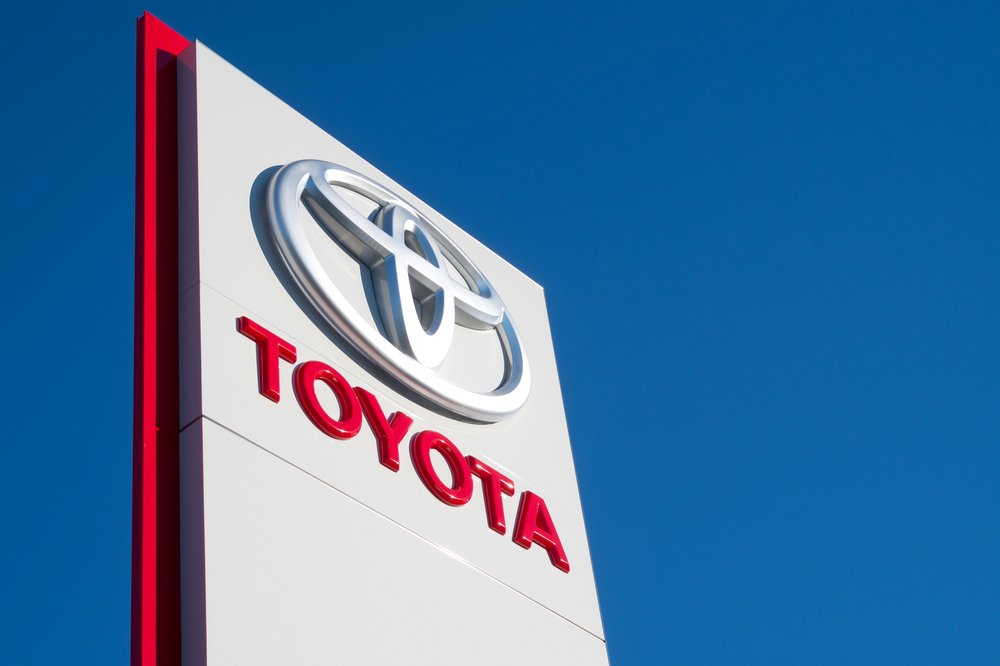Toyota is pursuing a flexible approach in Europe that is strictly focused on demand. The company’s new strategy combines hybrid drive with traditional technology and complements this with targeted electromobility. “We are not pushing electric cars in markets where there is no demand,” explained Andrea Carlucci, brand manager for Europe. Thus, the Toyota strategy deliberately focuses on adaptation rather than coercion. (automobilwoche: 14.08.25)
Demand drives Toyota’s strategy
In an interview with Automobilwoche, Carlucci made it clear that the Japanese automaker is consistently basing its plans on demand. “I hope we can establish Toyota BEVs in markets where they generate strong sales.” Markets without corresponding buyer interest are excluded. Toyota’s strategy thus follows a pragmatic approach: Customers determine which technology is successful.

In addition to pure electric vehicles, the company continues to focus on diversity. “Ultimately, we have to recognize that carbon is the enemy. Therefore, I believe the mix must include multiple technologies to reduce the carbon footprint.” Hybrid drive plays a key role in this, complemented by conventional combustion engines and hydrogen.
Hybrid drive as the backbone of electromobility
Toyota models with hybrid drive systems dominate in Europe. Around 80 percent of passenger cars fall into this category. With the Aygo X, the manufacturer is expanding its offering, increasing this share to 90 percent or more. These figures demonstrate how closely Toyota is linking demand with hybrid drive systems.
At the same time, Toyota is also investing in electric mobility. Models such as the Urban Cruiser, the C-HR+, and the bZ4X Touring are part of this development. Nevertheless, the company is consistently following demand: In Southern Europe, electric mobility remains a niche market, while strong growth is being seen in Scandinavia. “As a mass manufacturer in Europe, it is our duty to meet customer demand in every single market in which we operate.”
Electromobility without coercion
The strategy sets itself apart from manufacturers seeking widespread adoption of electric vehicles. “We are not pushing BEVs in markets where there is no demand.” Toyota will only expand its offerings when demand is clear. Flexibility remains crucial, even with the EU’s CO2 targets. Pooling partnerships, such as with Tesla, are being considered as long as they make economic sense.
Political regulation also remains important for Toyota. “My greatest wish is that regulation is fair.” Carlucci called for plug-in hybrids to be considered “zero-emission models” in EU policy. Many customers want ranges of around 100 kilometers to use electric mobility in everyday life without daily charging. The hybrid drive could thus form a bridge to the future.
Toyota strategy between politics and demand
The strategy combines customer proximity with technological diversity. Electric cars have potential where demand is growing. In markets with reservations, however, Toyota is focusing more on hybrid drive systems. This approach makes the company flexible and protects it from risks in regions with weak electric mobility.
This allows Toyota to remain competitive in Europe. Customer needs are paramount, while hybrid drive systems, hydrogen, and electric mobility are intelligently combined. The goal is to serve real demand rather than artificially create markets.
